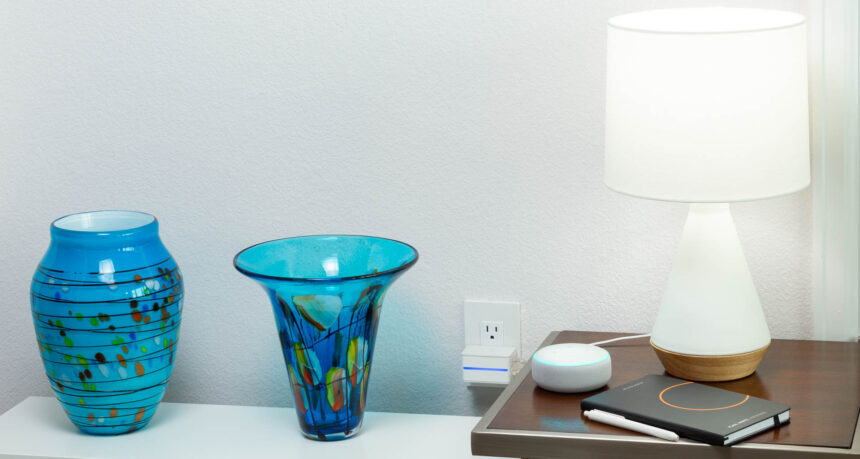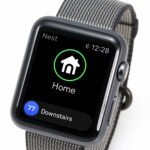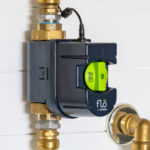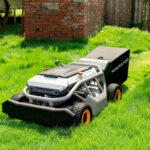Apple HomeKit accessories can often be islands of smart-home automation. That is largely due to the current HomeKit architecture on iOS, where accessory manufacturers develop standalone apps for pairing and controlling their family of accessories. iDevices, one of the first companies to release products through the Works with Apple HomeKit program, seeks to bridge the gap to worlds beyond HomeKit by recently upgrading their app to support the Amazon Alexa voice service—the voice activation engine behind the popular Amazon Echo speaker line.
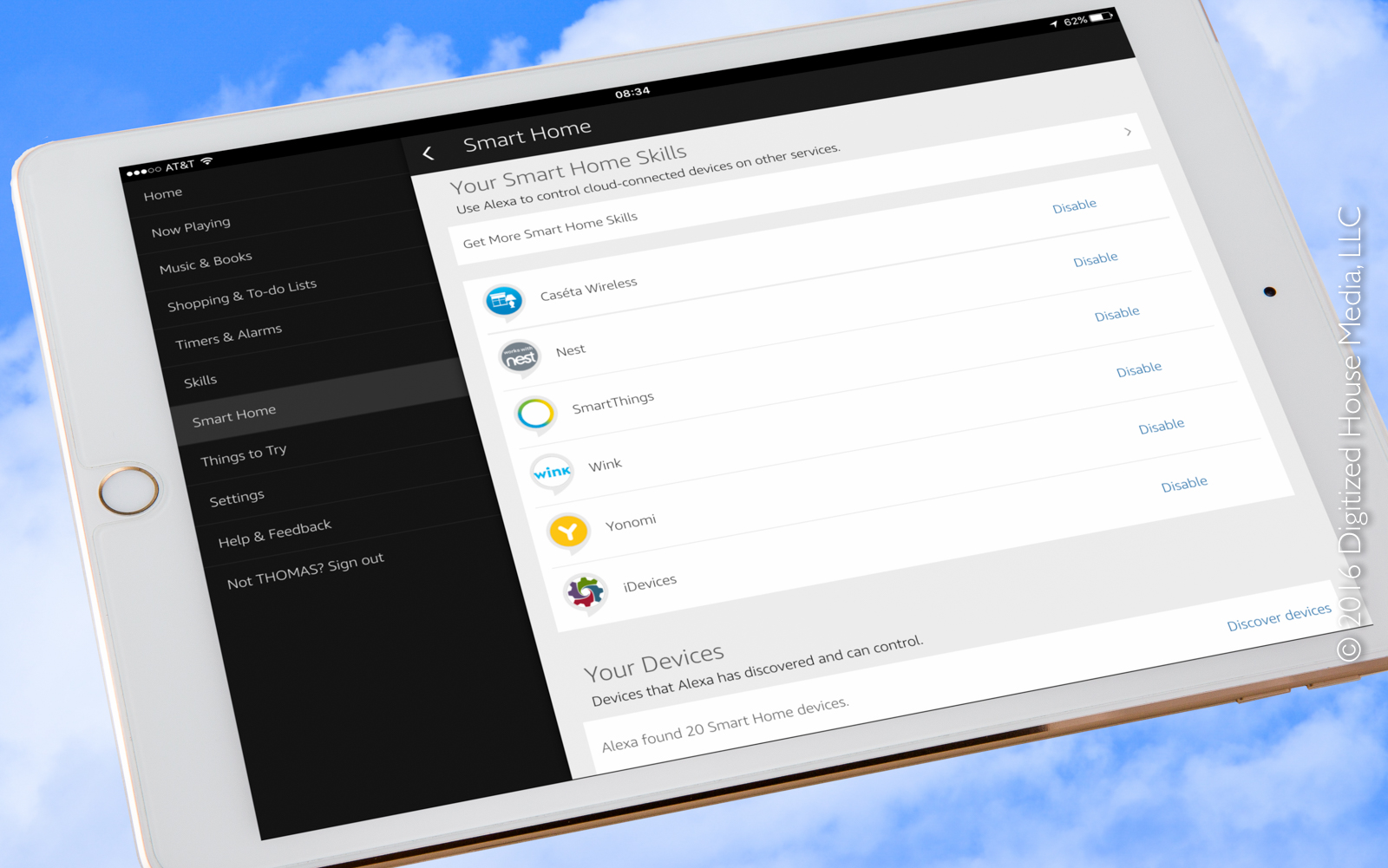
By definition, all HomeKit accessories can already be controlled by Apple Siri voice commands, so the addition of Alexa support gives iDevices accessory owners another method of voice control in their homes. Whereas Siri requires a nearby iOS mobile device for processing spoken commands, an Amazon Echo speaker running Alexa can reside across the room yet still faithfully accept and execute commands. Amazon refers to this capability as far-field voice recognition.
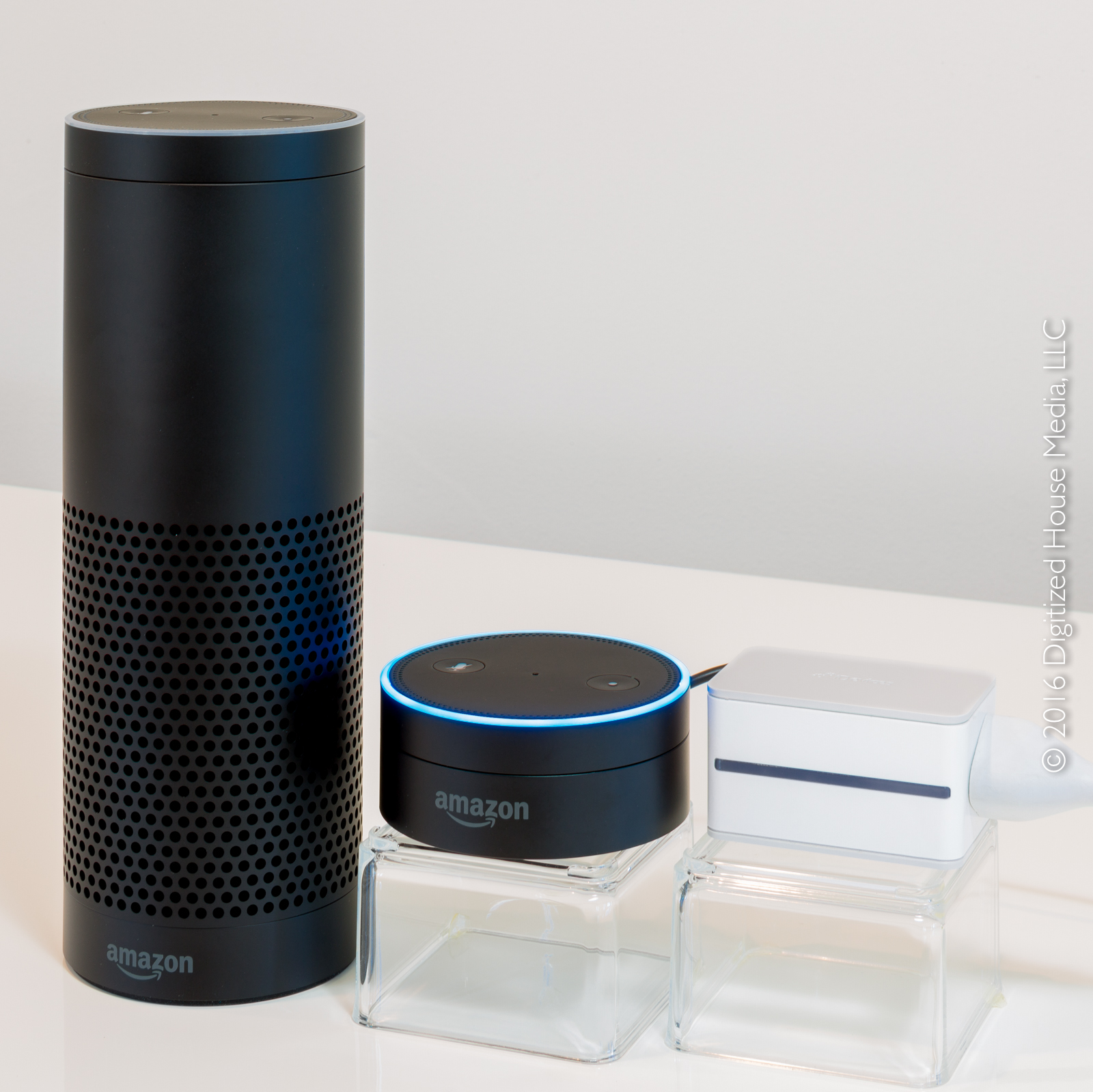
For the iDevices implementation of Amazon Alexa, which has been integrated into version 2.5.2 of the iDevices Connected app, setup is quite straightforward—though the feature requires iOS 9 in order to function. After authenticating with the Alexa service through the iDevices Connected app settings, one needs to launch the Alexa app and then enable the iDevices skill. Once the link is established, Alexa voice commands can then be issued, for example, to turn devices on or off that are plugged into the iDevices Switch, set the dim level of lights using the iDevices Socket, or change the temperature setting on an iDevices Thermostat.
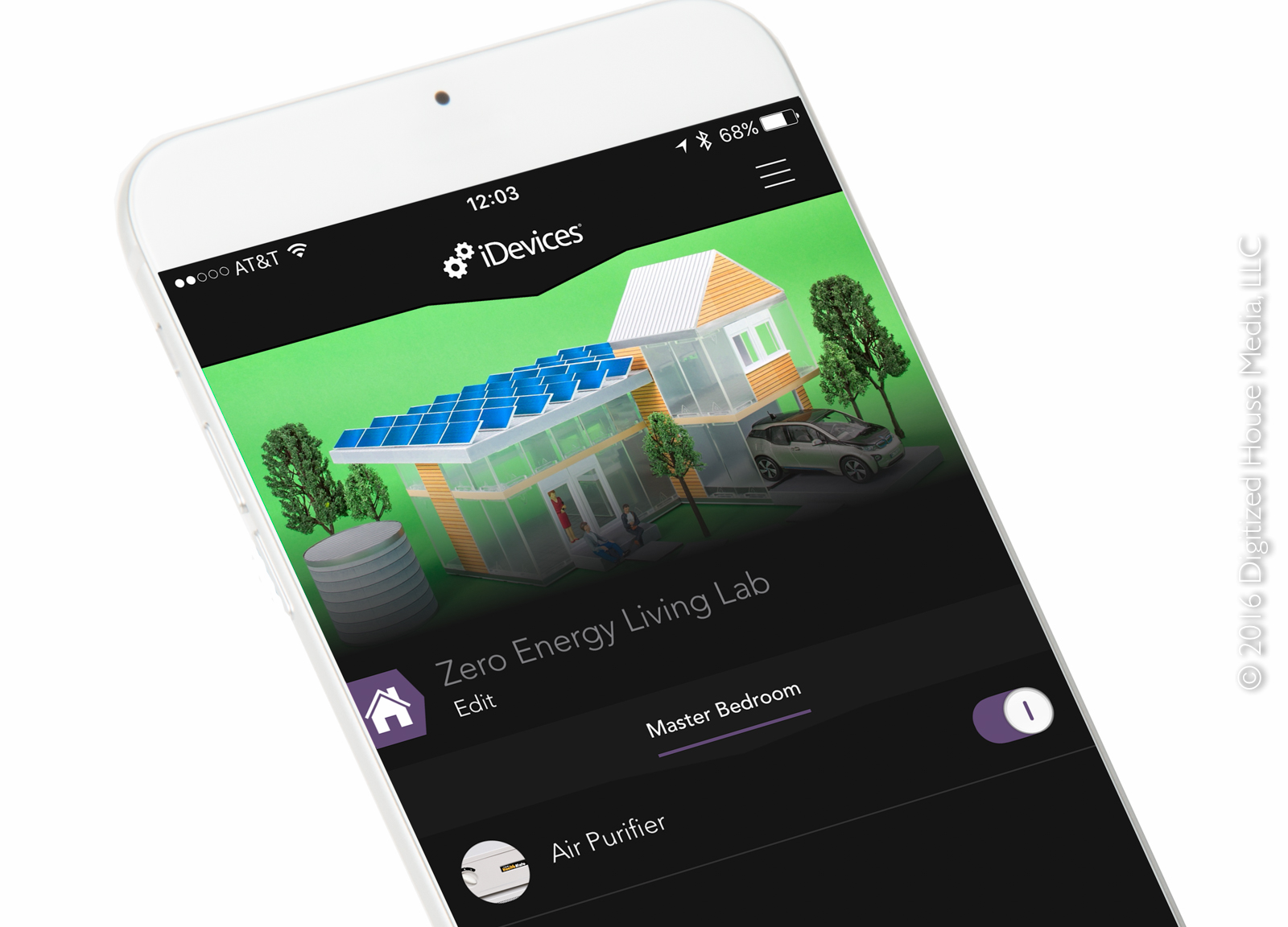
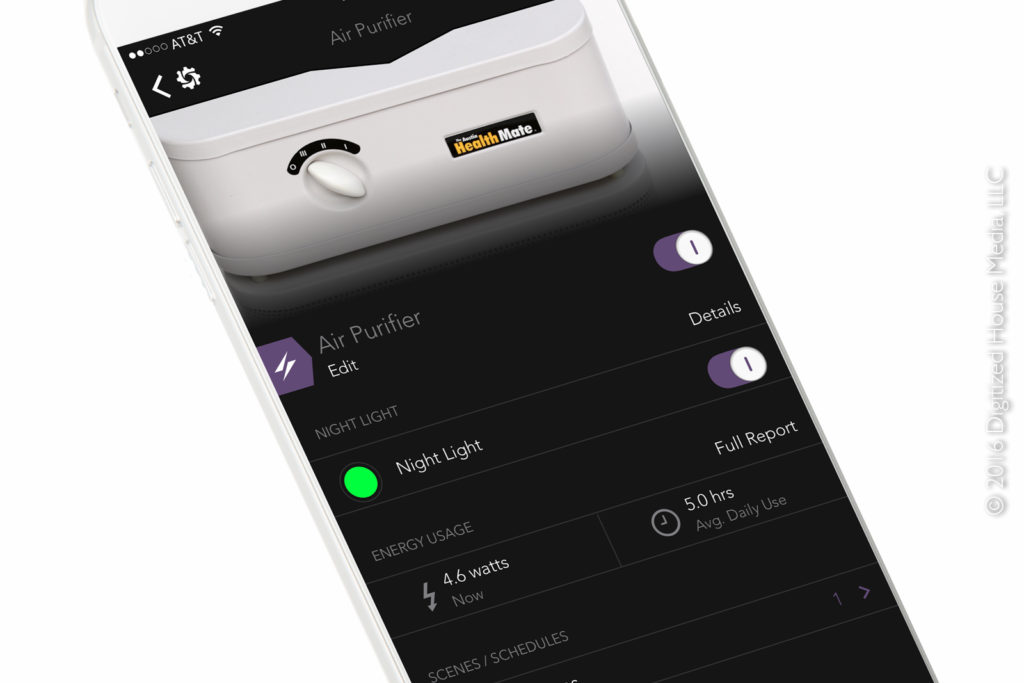
To get the most reliable results when linking new devices with Alexa, we found it best to first use the Check Now button within the iDevices Connected app settings to establish or refresh the link, followed by launching the Alexa app and doing a scan from the Your Devices tab. You will also want to repeat this same link and scan process in the event a device name is changed in iDevices.
In our smart-home labs, we configured an iDevices Switch (see our related review, Testing HomeKit waters with the iDevices Switch) to control an air filtration system, and then renamed the device Air Purifier in the app. After performing a link and scan process, the voice commands “Alexa, turn Air Purifier on” or “Alexa, turn Air Purifier off” worked flawlessly. We used both the original Amazon Echo as well as the new Amazon Echo Dot in our testing, and both worked equally well.
iDevices accessories can also be included in Alexa groups, so a single voice command could, for example, be spoken to turn off an entire room full of connected devices—even if those devices are from a combination of HomeKit and non-HomeKit accessory makers. That equates to a very effective smart-home automation bridge for homeowners inclined to use voice commends.
Of course, configuring iDevices to use Alexa does not preclude the use of Siri, so a given device control scenario can be accomplished through an Alexa or Siri voice command, directly through a tap in the iDevices app, or via actions configured as iDevices Scenes/Schedules.
There is one caveat here related to the Alexa support provided by iDevices. While the HomeKit architecture enables accessories from one manufacturer to be discoverable and controllable from an iOS app published by another manufacturer, the Alexa support in iDevices applies only to genuine iDevices accessories.
For owners of the Apple Watch, the iDevices app continues its support on watchOS. When launching the app on Apple Watch—by either tapping the iDevices icon on the Home screen or through a Siri voice command—the iDevices home screen comes to life within a few seconds, displaying the familiar Rooms, Products, and Scenes buttons. Tapping the Rooms or Products icon will yield a display of room icons or product types to drill down into, while the Scenes icon displays a scrollable list of directly-tappable scene scripts. We were delighted to see there was virtually zero latency when interacting with a specific iDevices accessory through the watch. For example, when tapping our Air Purifier device, it responded by switching on or off in just a fraction of a second.
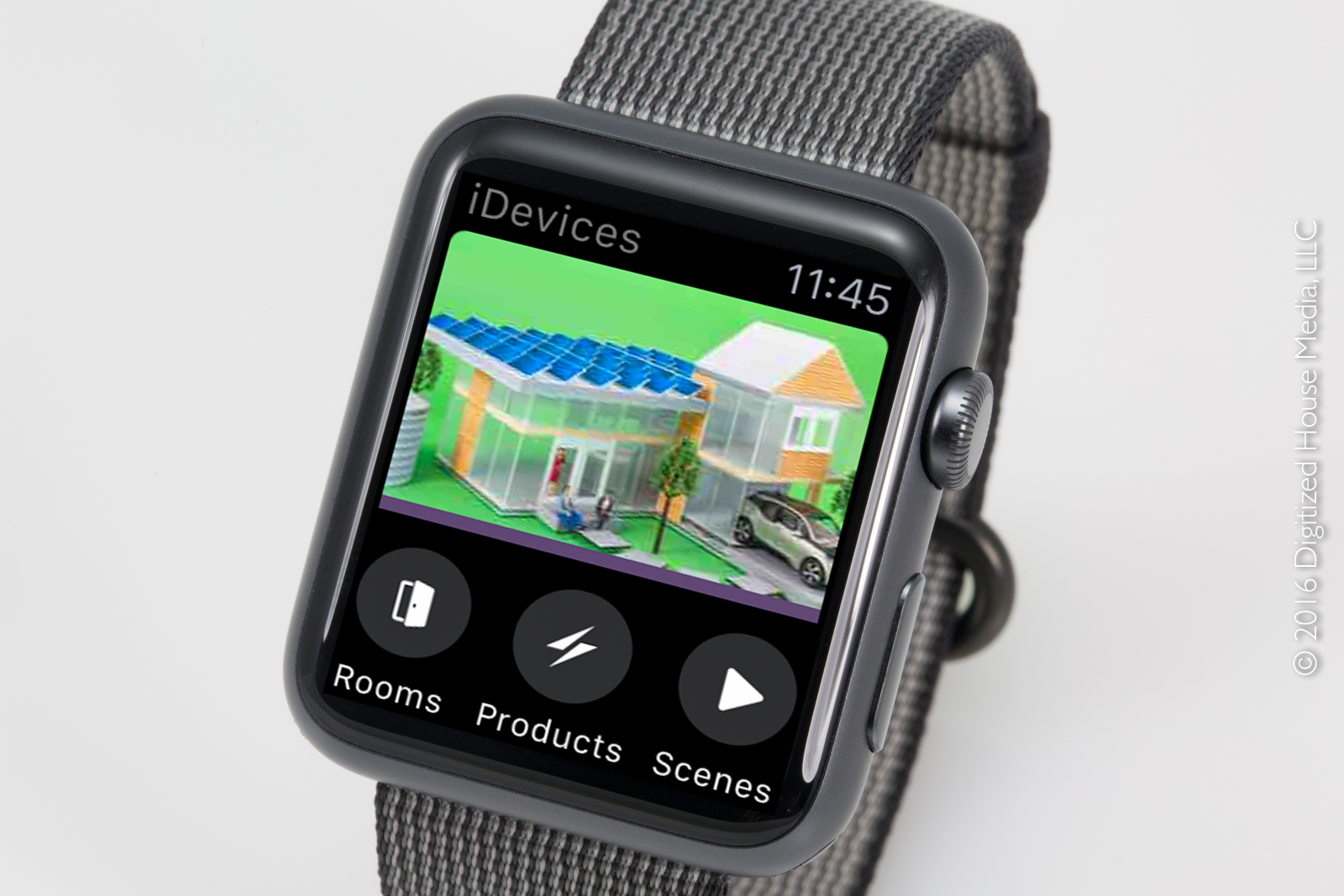
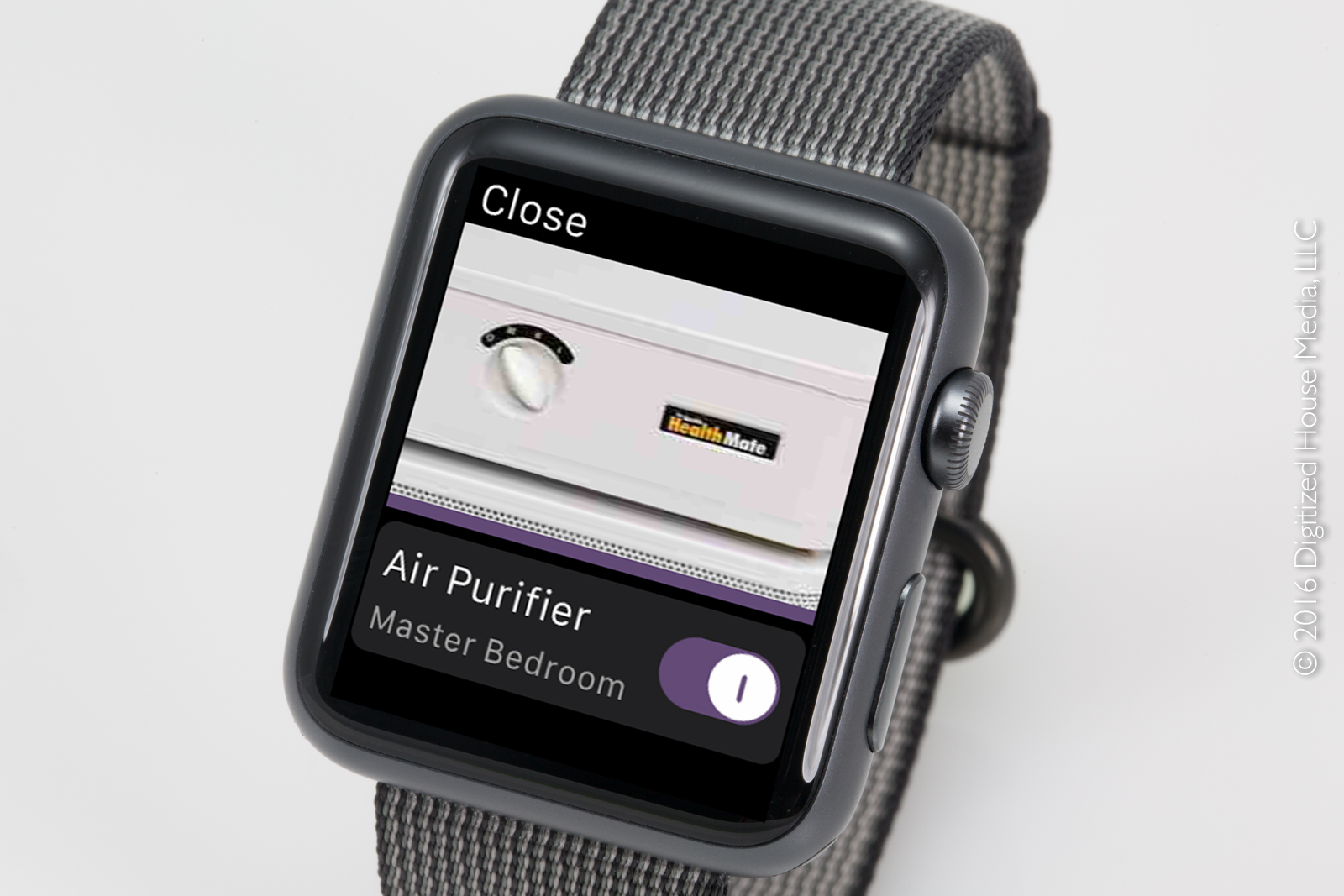
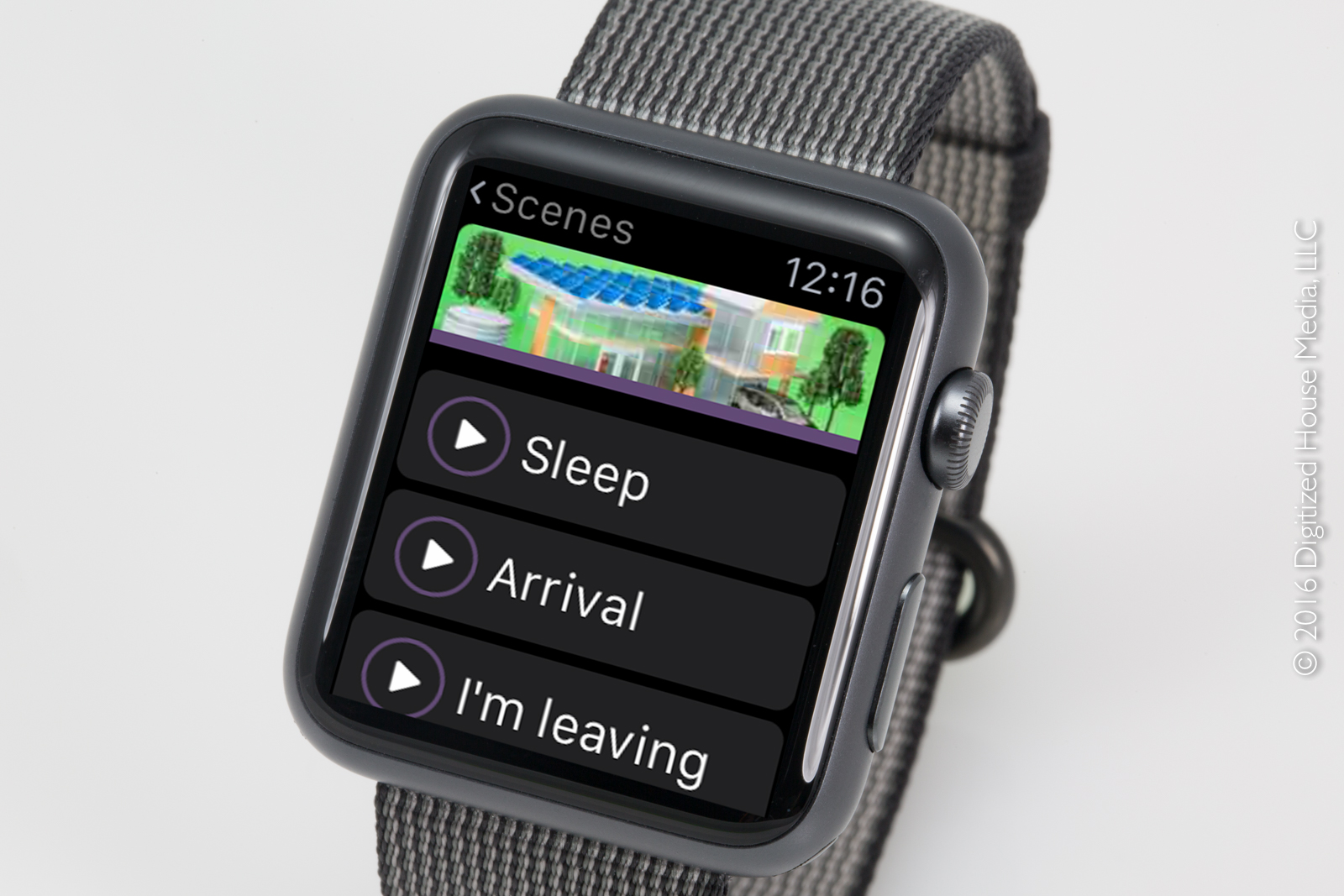
We applaud iDevices for taking the step to open up their smart-home accessories to control through Amazon Alexa, and we expect this advancement may encourage more homeowners to begin taking the HomeKit plunge. Stay tuned as Apple readies their upgrade to iOS 10, where HomeKit will undergo a major advancement through the launch of the new Home app. You can read more about that upcoming technology shift in our recent article, Apple HomeKit sprouts a Home app in iOS 10.

